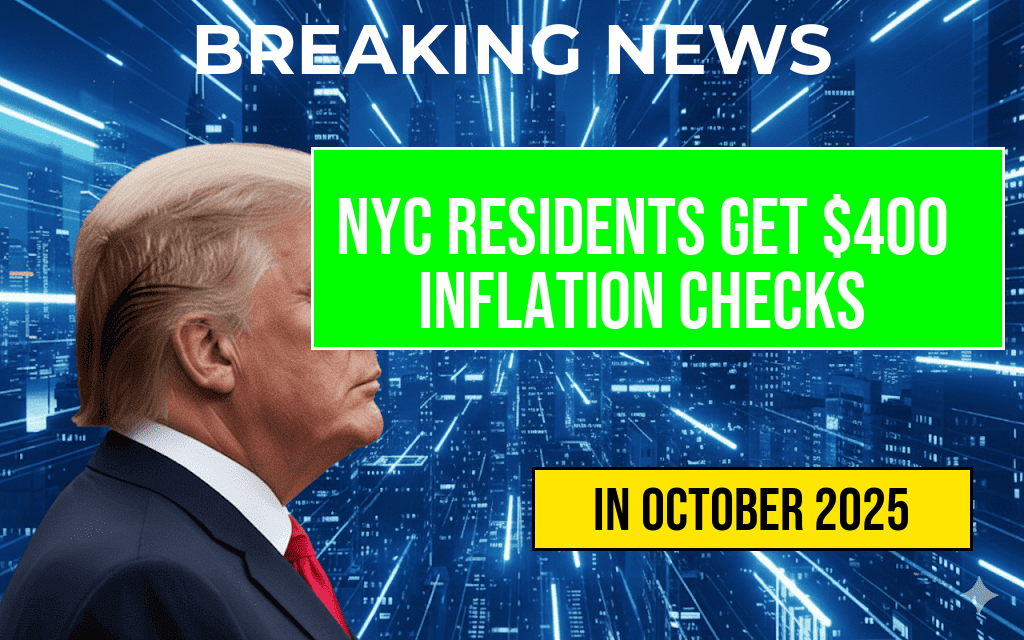The upcoming implementation of new economic policies is sparking widespread concern among middle-class Americans, with reports suggesting that the average household could see a reduction of approximately $1,300 in annual income by 2027. Experts warn that these measures, which include proposed tax reforms and adjustments to social benefit programs, may disproportionately impact middle-income earners, potentially widening income inequality and straining household budgets. As policymakers debate the specifics of these initiatives, analysts emphasize the importance of understanding the long-term ramifications for the middle class, which has historically served as the backbone of economic stability in the United States.
Projected Economic Impact of New Policies
Scope and Nature of Proposed Changes
The policies under consideration aim to address fiscal deficits and fund various infrastructure and social initiatives. However, preliminary analyses suggest that the means of achieving these objectives could involve increased taxation on middle-income brackets and reductions in certain social welfare programs. The Congressional Budget Office (CBO) has provided estimates indicating that, if enacted as currently drafted, these measures could lead to an average income decline of $1,300 per household by 2027.
Key Policy Components Affecting Middle Income
- Tax Reforms: Proposed adjustments to income tax brackets could result in higher rates for households earning between $50,000 and $100,000 annually.
- Social Program Modifications: Cuts to housing assistance, child care subsidies, and healthcare benefits could increase out-of-pocket expenses for middle-class families.
- Investment in Infrastructure: While infrastructure investments promise long-term growth, the funding mechanisms may place additional fiscal pressure on middle-income taxpayers.
Historical Context and Comparative Analysis
Lessons from Past Policy Shifts
Historically, tax reforms aimed at deficit reduction have often led to unintended consequences for the middle class. The Tax Cuts and Jobs Act of 2017, for example, initially provided relief but also resulted in increased deficits, prompting later discussions about potential tax hikes that could affect middle-income households. Experts caution that similar patterns may emerge if current proposals are enacted without safeguards.
International Perspectives
Comparative analysis with other developed nations indicates that middle-class income levels are sensitive to policy shifts, especially those involving taxation and social benefits. Countries with progressive tax systems and comprehensive social safety nets tend to maintain more stable middle-class incomes during economic adjustments, a benchmark that policymakers are increasingly examining.
Potential Socioeconomic Consequences
Rising Income Inequality
If middle-income households experience a significant decline in disposable income, the gap between the wealthy and middle class could widen, potentially exacerbating social tensions and reducing overall economic mobility. Economists warn that reduced consumer spending power among middle earners could dampen economic growth and hinder recovery efforts.
Household Financial Stability
Smaller income margins may force families to cut back on discretionary spending, delay major purchases, or seek additional employment. This could lead to increased financial stress, higher debt levels, and greater vulnerability to economic shocks, especially amid ongoing inflationary pressures and uncertain job markets.
Official Responses and Future Outlook
Government Position
Officials involved in drafting the policies emphasize their intent to promote fiscal responsibility and economic resilience. A spokesperson for the Department of Treasury stated that the reforms are designed to ensure sustainable growth and targeted support for vulnerable populations, though critics argue that middle-class sacrifices are being overlooked.
Expert Predictions
| Income Bracket | Projected Change in Average Income |
|---|---|
| $50,000 – $75,000 | −$1,500 |
| $75,000 – $100,000 | −$1,200 |
| $100,000 and above | Minimal impact |
Analysts warn that, unless adjustments are made, the middle class will bear the brunt of these policy changes, potentially reversing years of progress in income growth and economic security.
Resources for Further Reading
- Economy of the United States – Wikipedia
- Forbes – Business and Economic News
- Congressional Budget Office Report on Fiscal Policies
Frequently Asked Questions
What is the main concern addressed in the article?
The article discusses how new policies could pose a threat to the middle class by potentially reducing the average income by $1,300 in 2027.
How might these policies impact middle-income households?
These policy changes could lead to a decrease in disposable income for middle-class families, making it more challenging to maintain their current standard of living.
What specific policies are mentioned as potentially causing income reduction?
The article highlights tax reforms and social welfare adjustments that could result in an income decrease for the middle class by approximately $1,300 annually.
When are these policy impacts expected to take effect?
The projected income reduction is expected to occur starting in 2027, emphasizing the importance of monitoring upcoming policy implementations.
What can middle-class individuals do to prepare for these changes?
Middle-class individuals are advised to review their financial plans, consider additional savings, and stay informed about policy updates to better adapt to potential income changes.





